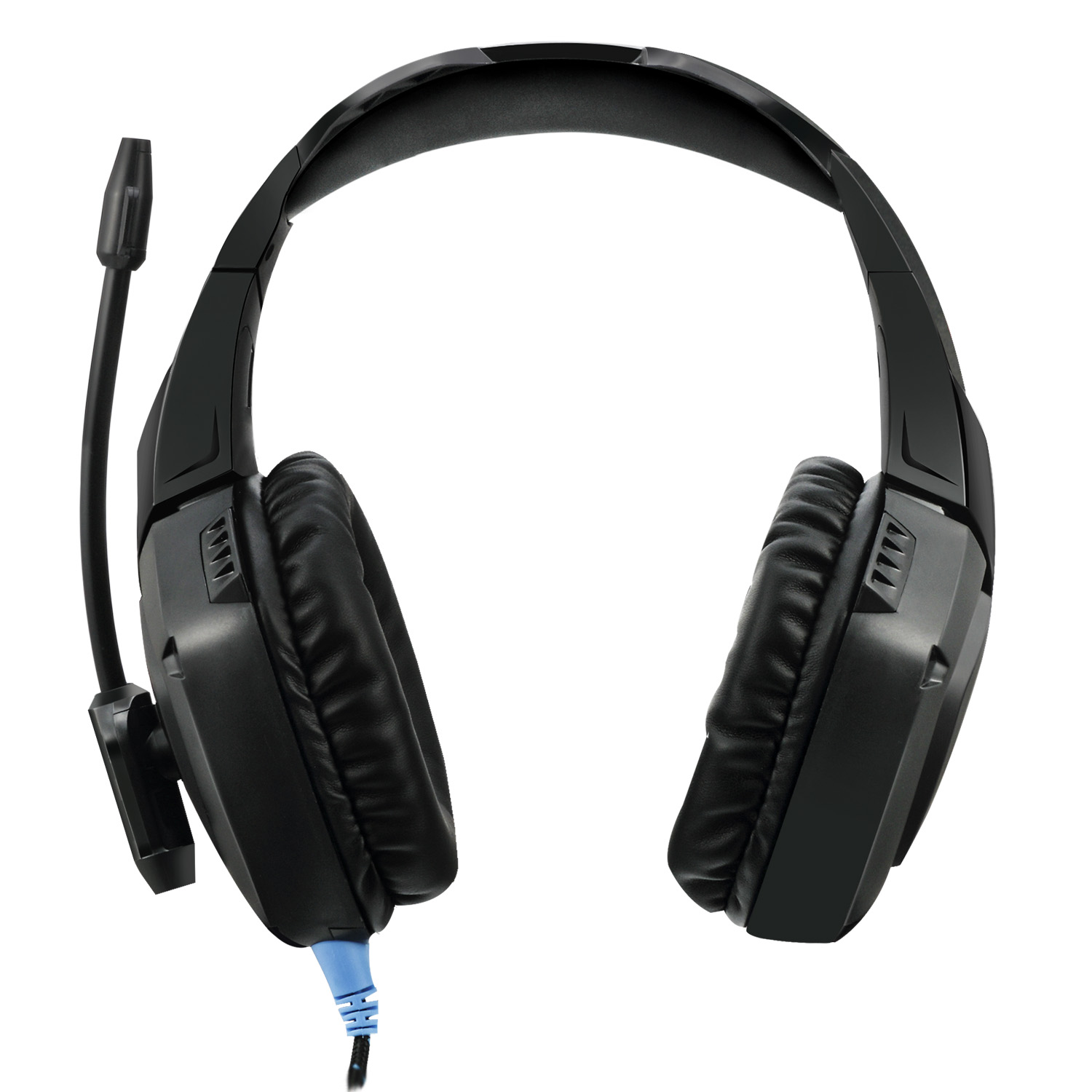CG Insights
Explore the latest trends and insights in technology and culture.
When Sound Meets Strategy
Discover how the perfect blend of sound and strategy can elevate your brand—unlock the secrets to captivating success!
The Power of Sound in Strategic Branding: How Audio Influences Consumer Behavior
The power of sound in strategic branding is often underestimated, yet it plays a crucial role in shaping consumer perceptions and influencing behavior. Sound can evoke emotions, create associations, and enhance brand recall, making it an essential component of any effective marketing strategy. For instance, brands often use specific melodies or jingles that resonate with their target audience, forging a connection that transcends the mere visual elements of branding. When consumers hear a familiar sound associated with a positive experience, it triggers positive emotional responses, ultimately driving loyalty and repeat purchases.
An effective sound strategy encompasses various elements, including background music, voiceovers, and even sound logos. According to recent studies, the right auditory cues can enhance the shopping experience, increasing the time spent in-store and promoting impulse purchases. Furthermore, brands that consistently apply sound elements across their marketing channels create a cohesive brand identity that consumers can instantly recognize. Consistency in audio branding not only reinforces brand values but also fosters trust and familiarity, ultimately leading to lasting connections with consumers.

Creating a Sonic Strategy: Key Elements for Businesses
In today's competitive landscape, creating a sonic strategy is essential for businesses looking to stand out. A sonic strategy involves the intentional use of sound to enhance brand identity and customer engagement. To effectively implement this strategy, businesses should focus on three key elements: sonic branding, customer experience, and content integration. Sonic branding is more than just a catchy jingle; it's about creating a cohesive sound identity that resonates with target audiences. This can include audio logos, theme music, and other sound elements that create a memorable auditory experience.
Another fundamental aspect of creating a sonic strategy is understanding the customer experience. Businesses must consider how sound influences customer perceptions and behaviors. For instance, background music in retail environments or sound effects in advertisements can significantly impact consumer mood and purchasing decisions. Finally, content integration is crucial; brands should ensure that their sonic elements complement their visual and written content. By leveraging audio content across various platforms, such as podcasts, social media, and advertising, businesses can create a harmonious experience that reinforces brand recognition and loyalty.
How to Leverage Sound Design for Effective Marketing Campaigns
Sound design plays a pivotal role in creating memorable and impactful marketing campaigns. By carefully selecting auditory elements such as background music, sound effects, and voiceovers, marketers can enhance the emotional experience of their audience. For example, incorporating uplifting music can evoke feelings of happiness, while ambient sounds can create a sense of authenticity and immersion. Understanding the psychology behind sound design allows brands to resonate with their target demographic, ensuring that their messaging is not only heard but also felt, which can significantly improve brand recall and engagement.
To effectively leverage sound design, brands should consider a few key strategies. First, conduct thorough research on the target audience's preferences and cultural contexts, as these factors influence how sound is perceived. Next, experiment with sound dynamics by layering multiple sound elements to create a rich auditory landscape that complements the visual content. Lastly, always test different soundscapes during the campaign's development phase; A/B testing can provide valuable insights into which sound elements positively impact audience responses. By investing time and resources into sound design, marketers can create campaigns that are not only visually appealing but also resonant on a deeper sensory level.